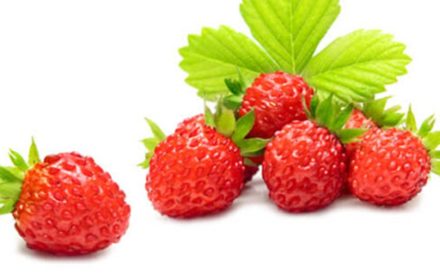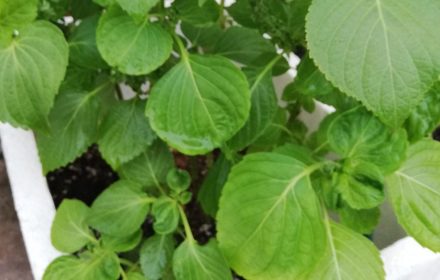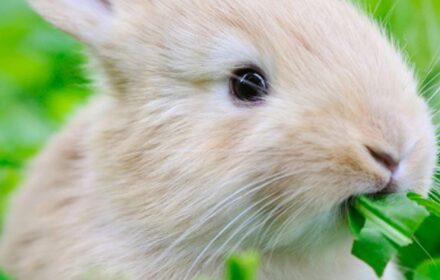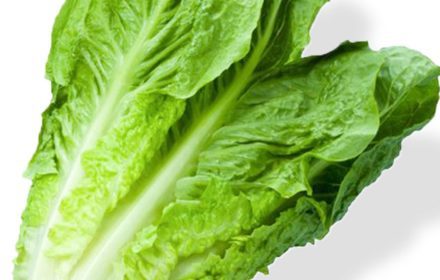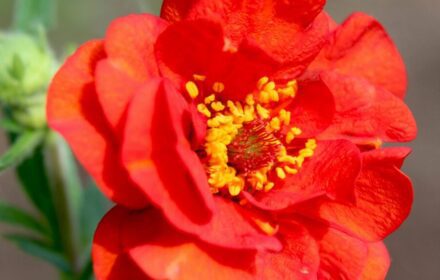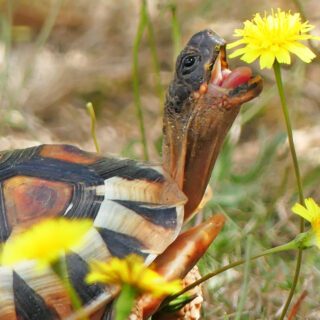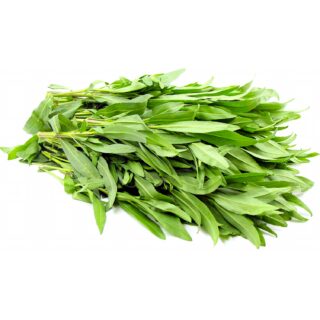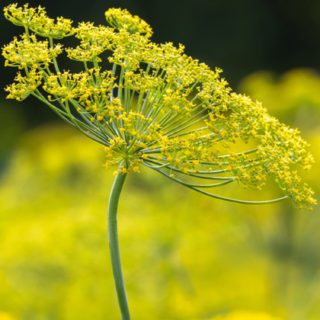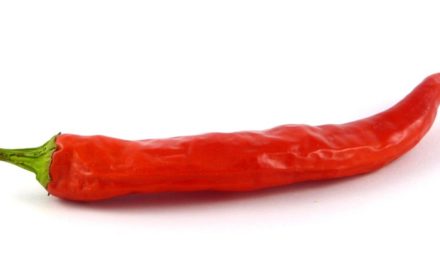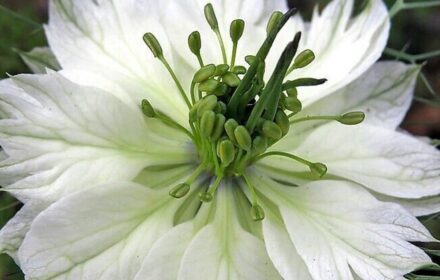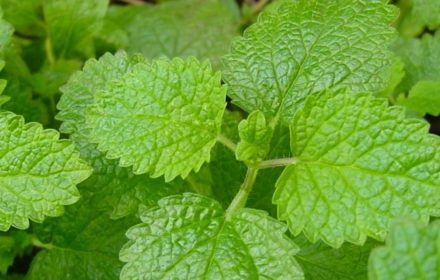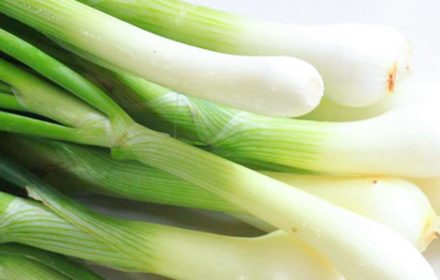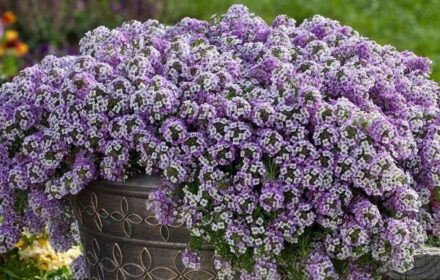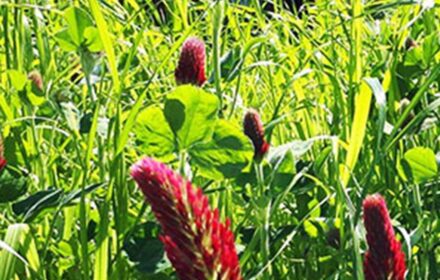How to Sow Giant Sweet Red Onion Seeds in the UK
Giant sweet red onion is a classic Italian variety, cherished for its tight, dark red rings, sweet and crisp flesh, and exceptional flavour. A staple in UK kitchens, these versatile onions are perfect for salads, stews, burgers, and countless other dishes. This open-pollinated, short-day onion thrives in warm, dry conditions and can be stored for extended periods once fully matured. With careful sowing and care, you can grow your own supermarket-quality red onions at home.
When to Sow Giant Sweet Red Onion Seeds
- Indoor Sowing: Start seeds indoors or in a heated greenhouse in early spring (February to March) to ensure an early start to the growing season.
- Outdoor Sowing: Transplant seedlings outdoors after the last frost, typically around April to May, when the ground is warm and workable.
Step-by-Step Guide to Growing Giant Sweet Red Onion from Seed
Indoor Sowing
- Prepare Containers: Use seed trays or small pots filled with moist, fertile seed compost. A fine-grade compost is ideal for good seed-to-soil contact.
- Sowing Depth: Sow seeds at a depth of 1/2 inch (1.2 cm). Cover lightly with soil and water gently.
- Temperature Requirements: Maintain a consistent temperature of at least 21°C (70°F) to ensure proper germination. Lower temperatures can significantly delay germination.
- Watering: Keep the soil moist but not waterlogged during the germination period. Avoid letting the compost dry out completely.
- Germination Period: Seeds typically germinate within 10 to 12 days under ideal conditions.
Outdoor Transplanting
- Timing: Transplant seedlings outdoors 8 to 10 weeks after sowing, once they reach 10-15 cm in height and the risk of frost has passed.
- Soil Preparation: Choose a sunny location with well-drained, fertile soil. Enrich the soil with compost or organic matter to improve its structure and nutrient content.
- Spacing: Space plants 5 inches (12 cm) apart, with rows spaced 12 to 18 inches (30-45 cm) apart to allow room for bulb development and airflow.
- Watering: Water the plants thoroughly after transplanting to help them establish their roots.
Caring for Giant Sweet Red Onions
- Sunlight: Onions require full sun to thrive. Ensure the plants receive at least 6-8 hours of sunlight daily.
- Watering: Keep the soil consistently moist but avoid overwatering, as this can lead to root rot. Reduce watering as the onions near maturity to encourage bulb hardening.
- Fertilising: Apply a balanced fertiliser every 3-4 weeks during the growing season to promote healthy growth. Avoid excessive nitrogen, as it can lead to lush foliage at the expense of bulb formation.
- Weeding: Keep the area weed-free to reduce competition for nutrients and water. Gently hand-weed around the plants to avoid disturbing their shallow roots.
- Pest Control: Planting onions near companion crops like lettuce, cabbage, and carrots can help deter pests.
Harvesting and Storing Giant Sweet Red Onions
- Young Onions: Harvest onions early, around 8-10 weeks after sowing, for use as salad onions.
- Fully Mature Onions: Wait until the tops begin to yellow and fall over naturally, usually 100 to 160 days after sowing. This indicates the bulbs are fully mature and ready for harvest.
- Curing and Storage: After harvesting, cure the onions by laying them out in a warm, dry, and well-ventilated area for 2-3 weeks. Once the outer skins are dry and papery, store the onions in a cool, dark place. Properly cured onions can last for several months.
Common Questions About Growing Giant Sweet Red Onions in the UK
- What is the best temperature for germinating onion seeds? Onion seeds germinate best at a consistent temperature of 21°C (70°F).
- Can onions grow in containers? Yes, onions grow well in containers. Use a deep pot with well-drained compost and ensure adequate spacing for each plant.
- How do I prevent pests from damaging my onions? Companion planting with crops like lettuce, cabbage, or carrots can help deter pests. Regularly check for signs of pests and take action as needed.
By following this guide, you can successfully grow giant sweet red onions in your UK garden or greenhouse. With their rich flavour, versatile use in cooking, and long storage life, these onions are a rewarding addition to any gardener’s repertoire.


